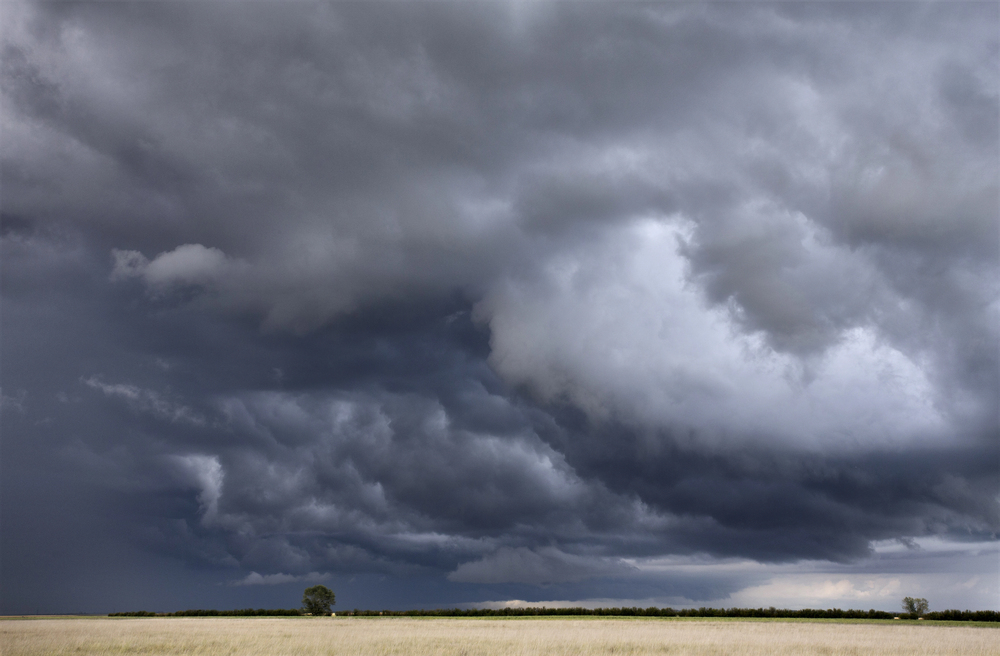Why You Should Always Offer UM/UIM Coverage

By: James Redeker
As many as 13% of all U.S. drivers are uninsured, according to the Insurance Research Council. That percentage varies state by state, with the highest percentage of uninsured drivers found in Florida, where 26% of drivers are uninsured.
Often, it is the worst drivers who are uninsured because their driving record pushes their premiums to levels they cannot afford. Uninsured drivers put the livelihood and financial stability of law-abiding citizens at risk. The solution is uninsured motorist coverage.
All states but New Hampshire have a minimum required amount of coverage a driver must carry to legally operate an automobile. However, these minimum limits have not kept pace with the rising cost of inflation.
Florida, for instance, only requires $10,000 of coverage for property damage and $10,000 of coverage for personal injury. Meanwhile, California requires $15,000 in coverage for personal injury and only $5,000 for property damage. These state-mandated limits are not nearly enough to cover a serious auto accident.
Roughly 40% of states allow drivers to stack uninsured/underinsured motorist coverages. In those states, a policyholder can multiply their UM/UIM coverage by the number of autos they insure, which is an important feature of the auto policy in states that allow stacking. However, except in Rhode Island, insurance carriers are allowed to prohibit stacking policies and agents need to make sure they are offering a stackable policy if the state allows.
Another twist is Uninsured Motorist Property Damage (UMPD), which is available in 15 states. An additional eight states require it. Traditional UM/UIM coverage includes medical bills, pain and suffering, and lost income damages to a driver and their family members in their auto or another auto, as well as passengers in the covered auto. UM/UIM coverage does not cover damage to your auto. UMPD coverage will pay for uninsured or underinsured property damage resulting from an accident.
While many see UMPD as a duplication of collision coverage, it is much cheaper than collision coverage and usually carries a lower deductible. UMPD is an excellent alternative for older or lower value autos, especially if the customer wants to drop their collision coverage.
Agents should always offer limits that match the liability limits of the customer. In fact, some states require a customer to sign a rejection form if they choose less coverage than the liability limits they carry. Moreover, don’t forget the umbrella coverage. Make sure to offer matching UM/UIM limits on any umbrella policies you place.
UM/UIM limits will never be an errors & omissions issue until you have a customer who is badly injured in an auto accident. That is why it’s best to make sure you document that you offered the coverage and note any higher limits that are rejected by the customer to protect your agency from an E&O claim.
James Redeker is vice president and claims manager at Swiss Re Corporate Solutions and works out of the office in Kansas City, Missouri. Insurance products are underwritten by Westport Insurance Corporation, Kansas City, Missouri, a member of Swiss Re Corporate Solutions.










